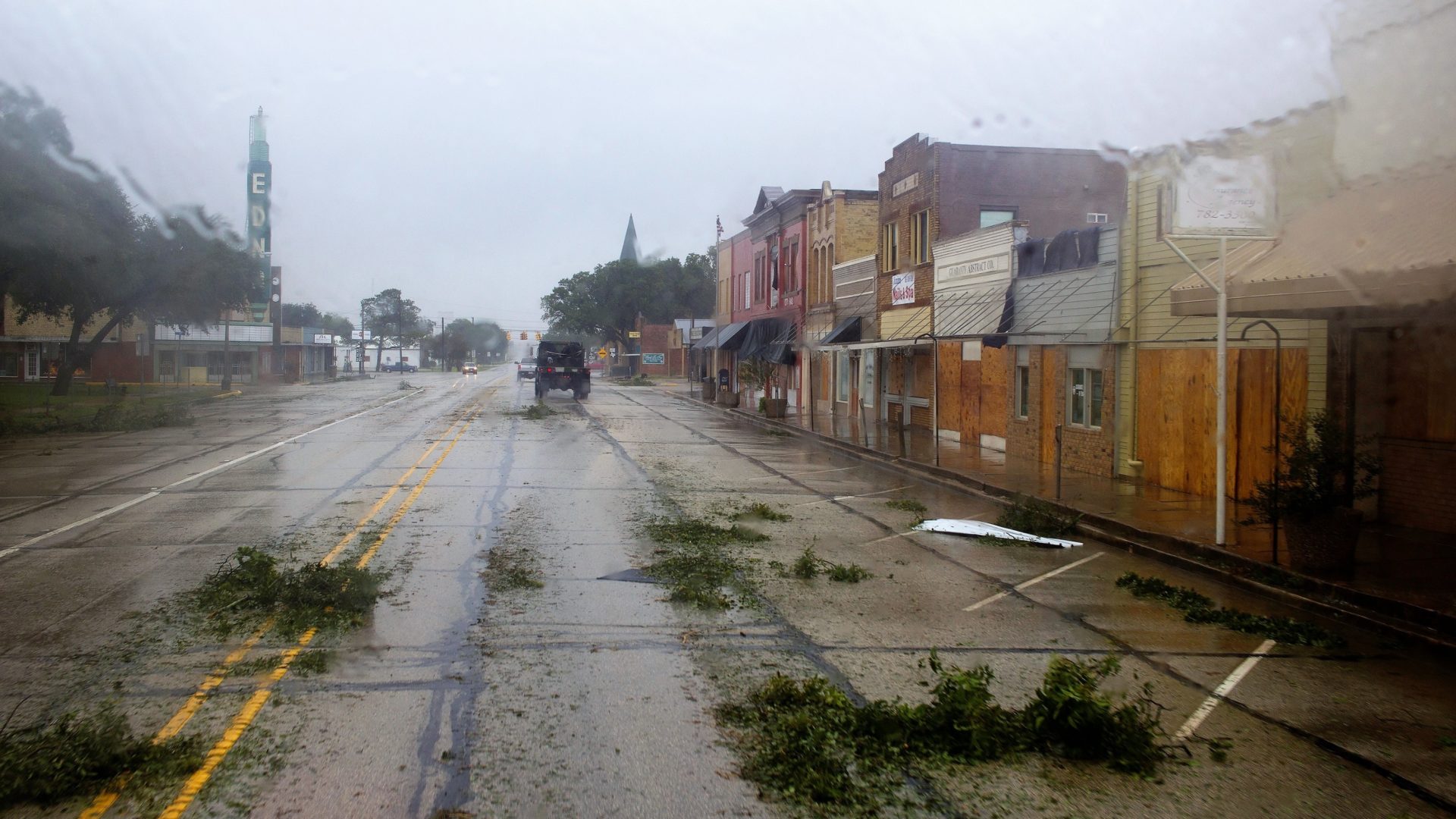Watermark's External Focus team continues to develop ways for our body to serve those in South Texas following Hurricane Harvey. (You can get the latest at watermark.org/disasterrelief.)
But lo and behold, one of our newest team members - Robin Bruster, part of Watermark's Fellowship program - happens to have quite the background in disaster relief. With a Masters in Public Safety Leadership (Emergency Management emphasis) and experience serving after the tsunami in Japan and tornadoes in Moore, OK, and Tuscaloosa, AL, we thought she'd make a perfect interview for this month's External Focus blog.
After studying emergency management and helping with disaster response, what are a few things you would tell our church members about responding to disasters?
First, I’d say that the best time for a church to respond is usually during Recovery. FEMA identifies four major phases of emergency management: Mitigation, Preparedness, Response, and Recovery. Organizations whose primary aim is to respond to disasters spend months preparing for major events to happen. When Christians’ eager hearts lead us to self-deploy or send truckloads of supplies to an affected area without invitation, we can actually hinder the experts on the ground who have been strategically planning a response. Once first responders, government agencies, and disaster relief organizations do their jobs, then the church can come in to do the long-term rebuilding work that communities need.
Connected to that, I want people to remember that recovery efforts happen best in the context of relationship. Many people give donations to, or deploy with, organizations that they do not know. In order to make sure their resources are being stewarded well, I always encourage people to do their research and connect with service opportunities that are being coordinated with trusted people, churches, and organizations.
The third thing that’s important to realize is that help will be needed long after the actual disaster happens. Disaster response is a long-term process. People might think that if they cannot help with immediate relief that they are really not needed at all, but this is far from the truth. For instance, people affected by a disaster will typically face a period of disillusionment weeks to months after a disaster happens. During this time, the reality of their losses sets in – but most of the post-disaster help has left. It is during this time of grief that the church body can surround people and let them know they are not forgotten about.
What are some unexpected ways people might end up helping weeks or months after a disaster?
The answer to this question is as a vast as the amazing God we serve! The best answer I can give is keep your eyes and ears open. Some people may go to the affected area to rebuild homes, businesses, and churches. Others will get the opportunity to serve right at their own doorsteps as people displaced by the disaster come to their city. The opportunities to help could literally be endless. The important thing to remember, as I said earlier, is that disaster response does not stop a week or two after the initial incident. There is a lot of long-term work to be done, and we can all play a part.
Watermark is filled with families that do a great job of involving their kids in service. But what does that opportunity look like when it comes to something as dramatic as disaster relief?
We should always exercise wisdom when exposing children to traumatic events. They should be mature enough to handle the physical and emotional stress that comes with disaster response. That being said, I think disaster response can teach kids a great deal about gratitude, servanthood, and sharing Christ with those who are asking the tough questions of faith. If someone takes their child on a disaster response trip (across the world, across the state, or across town), they should make sure to have conversations with them before, during, and after the trip. We want to help children deal with their emotions and work through the difficult questions that may arise.
What are some simple ways for kids to help that we might not immediately realize?
We can start by asking them how they think they can help. I’ve heard of kids doing really creative things to meet the needs of others. Their ideas may not always be feasible, but parents can work with their kids to find action steps that are doable and helpful. The goal is to empower kids to know that they can help.
But it’s also good to remember simply to involve kids in each step. For instance, if a parent is buying supplies to donate, they can take their kids with them to help pick out and deliver the items.
When applicable, parents can also encourage their kids to meet the “new kid” who was displaced by the disaster. If you know that a child displaced by the disaster will be in your kid’s class, youth group, sports team, etc., encourage them to engage relationally. Explain that the new child has had to leave their home and could use a friend as they adjust to their new environment.
And of course, we can lead children to pray. Even if a child cannot meet a physical need, they can always pray for those affected by a disaster.
